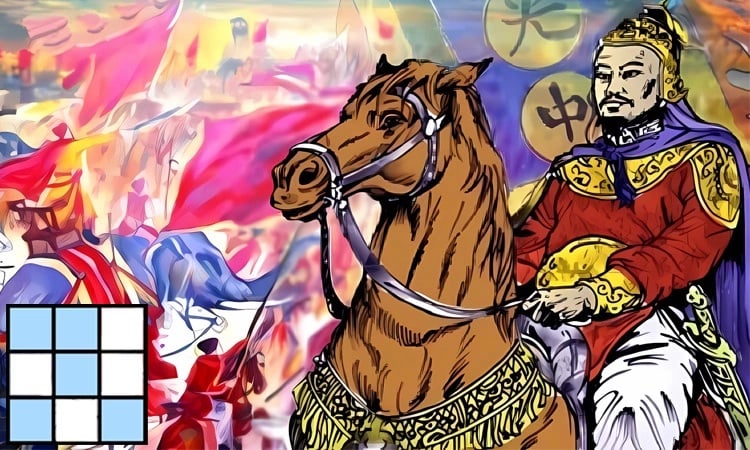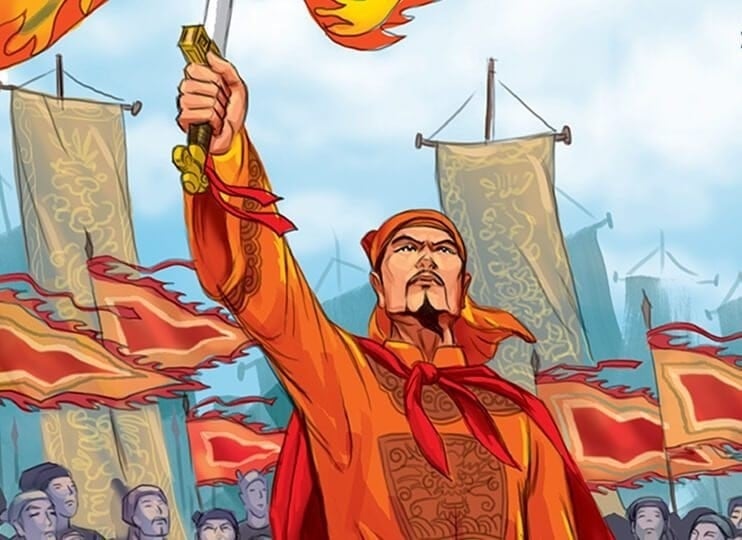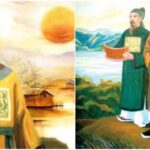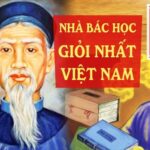Throughout Vietnam’s rich history, numerous eminent figures have been revered and commemorated. However, few have left as profound and lasting an impact as Emperor Quang Trung, renowned for his unmatched military prowess and known as the “invincible” ruler who never lost a battle throughout his illustrious career.
A Brilliant Military Strategist: Unifying the Country

Emperor Quang Trung (1753–1792), originally named Hồ Thơm and later Nguyễn Huệ, was a native of Nghệ An province. He was one of the three illustrious Tây Sơn brothers who played a pivotal role in shaping the country’s destiny in the late 18th century. Prior to ascending the throne, he held the title of Bắc Bình Vương, ruling over the region of Thuận Hóa, which extended up to the Hải Vân Pass.
In 1786, Nguyễn Huệ embarked on a northern campaign, decisively defeating the centuries-old Trịnh feudal regime in Đàng Ngoài. This pivotal event ended the protracted Trịnh–Nguyễn civil war and restored the Lê dynasty. It marked a significant turning point, laying the foundation for the reunification of Vietnam from south to north.
His military genius was further demonstrated in the momentous spring of 1789 when he led the Tây Sơn troops to a stunning victory over the formidable 290,000-strong Qing army. With his swift strategies and exceptional leadership, he struck fear into the enemy and inspired his troops. This triumph is hailed as one of the most glorious victories in Vietnam’s history of resistance against foreign invaders.
Progressive Visionary: Reforming and Advancing the Nation
Despite his brief reign from 1788 to 1792, Emperor Quang Trung implemented progressive reforms that left an indelible mark on the country. He prioritized agricultural development, reduced taxes, promoted trade, encouraged education, and reformed administration. Notably, he demonstrated a forward-thinking approach by advocating for the adoption of Western techniques and cultural advancements, envisioning a strong and modern Đại Việt that could stand shoulder to shoulder with contemporary powers.
Unfortunately, his sudden death at the young age of 39 in 1792 dealt a significant blow to the nation. His passing precipitated a crisis for the Tây Sơn dynasty, paving the way for the emergence of the Nguyễn dynasty and a new chapter in Vietnam’s history.
A Beloved Hero: Immortalized in Place Names Across the Country
Emperor Quang Trung is not only remembered as a victorious ruler but also deeply revered by the people. According to the General Statistics Office, there are currently 25 administrative units at the ward and communal levels named after him, the highest number among historical figures in Vietnam.
These places honoring his legacy span the length of the country, including Hanoi, Ha Giang, Cao Bang, Thai Nguyen, Lang Son, Quang Ninh, Hai Duong, Hai Phong, Hung Yen, Thai Binh, Ha Nam, Nam Dinh, Thanh Hoa, Nghe An, Binh Dinh, Kon Tum, and Dong Nai, among others.
Beyond just bearing his name, these localities often organize festivals, commemorative events, erect statues, and build temples to perpetuate his memory, ensuring that future generations remember his historic contributions.
Eternal Legacy: Invincible and Forever Unbeaten

Emperor Quang Trung’s stature transcends that of a mere ruler. He embodies patriotism, strategic brilliance, and a reformist spirit. Despite his short reign, he is immortalized in history as one of Vietnam’s most exceptional rulers, leaving a legacy of courage, unity, and aspirations for a strong and prosperous nation.
To this day, the name Quang Trung stands as a symbol of national pride and an enduring testament to the indomitable spirit, unity, and aspirations of the Vietnamese people.
The Identity of the Only Scientist Whose Name Adorns Eight Specialized High Schools in Vietnam: Are You in the Know?
John von Neumann was a Hungarian-American mathematician, physicist, and computer scientist. He was a pioneer of modern computing and made groundbreaking contributions to a vast array of fields. His influence is felt across mathematics, physics, economics, and computer science, and his legacy continues to inspire and shape generations of scholars and scientists. Such was his impact that 8 specialized schools in Vietnam bear his name, a testament to his genius and influence.
The Ultimate Guide to Vietnam’s History: 100+ Intriguing Quiz Questions and Answers
Introducing an exciting collection of over 100 historical riddles, specifically designed to engage young minds and spark their curiosity about Vietnam’s rich heritage. These carefully crafted riddles offer a fun and interactive way for children to explore the country’s past, from legendary figures to significant events that have shaped the nation’s identity. It’s an educational journey through time, where each riddle unveils a fascinating tale, fostering a deeper connection to Vietnam’s proud traditions and a stronger foundation for the future.


































